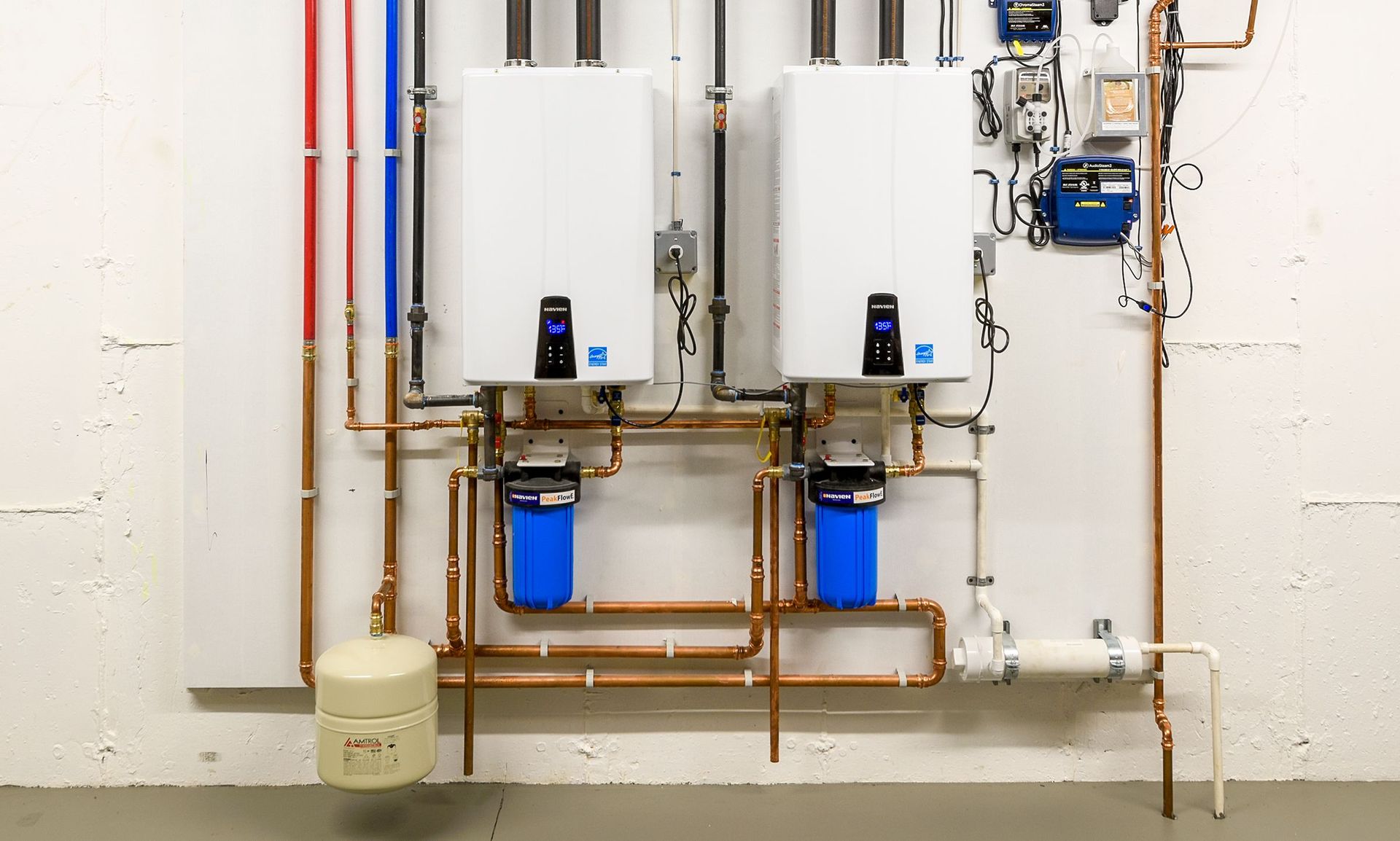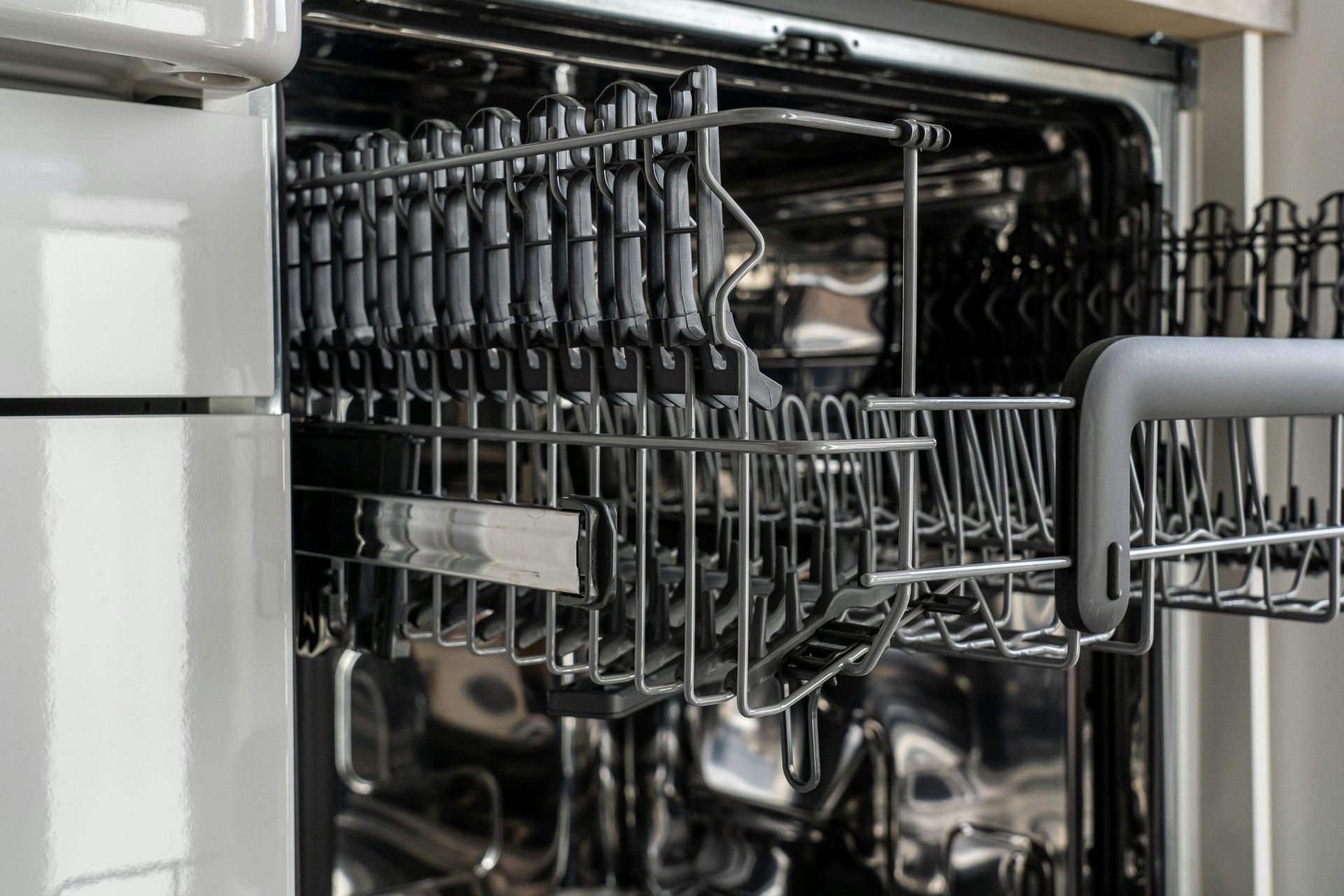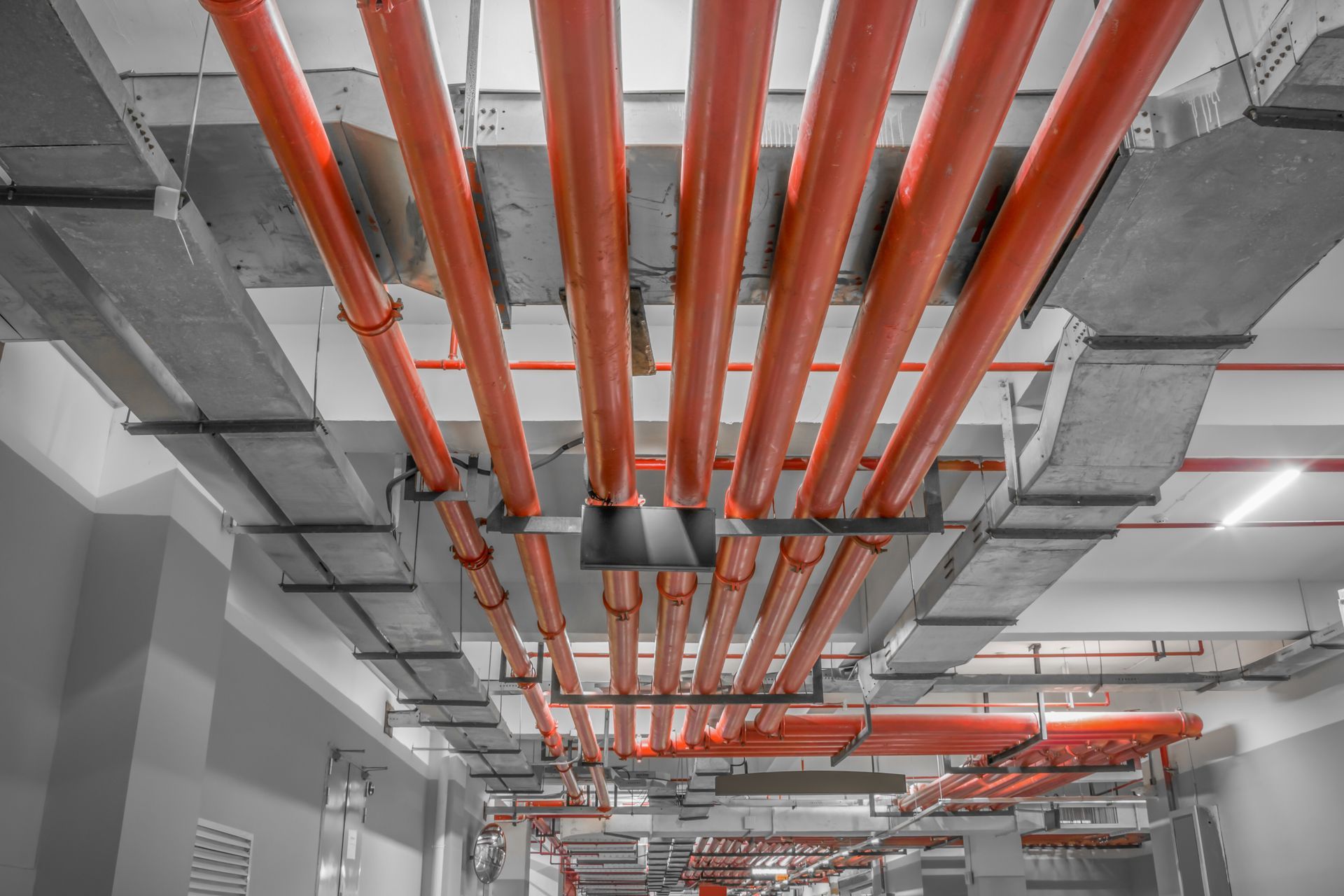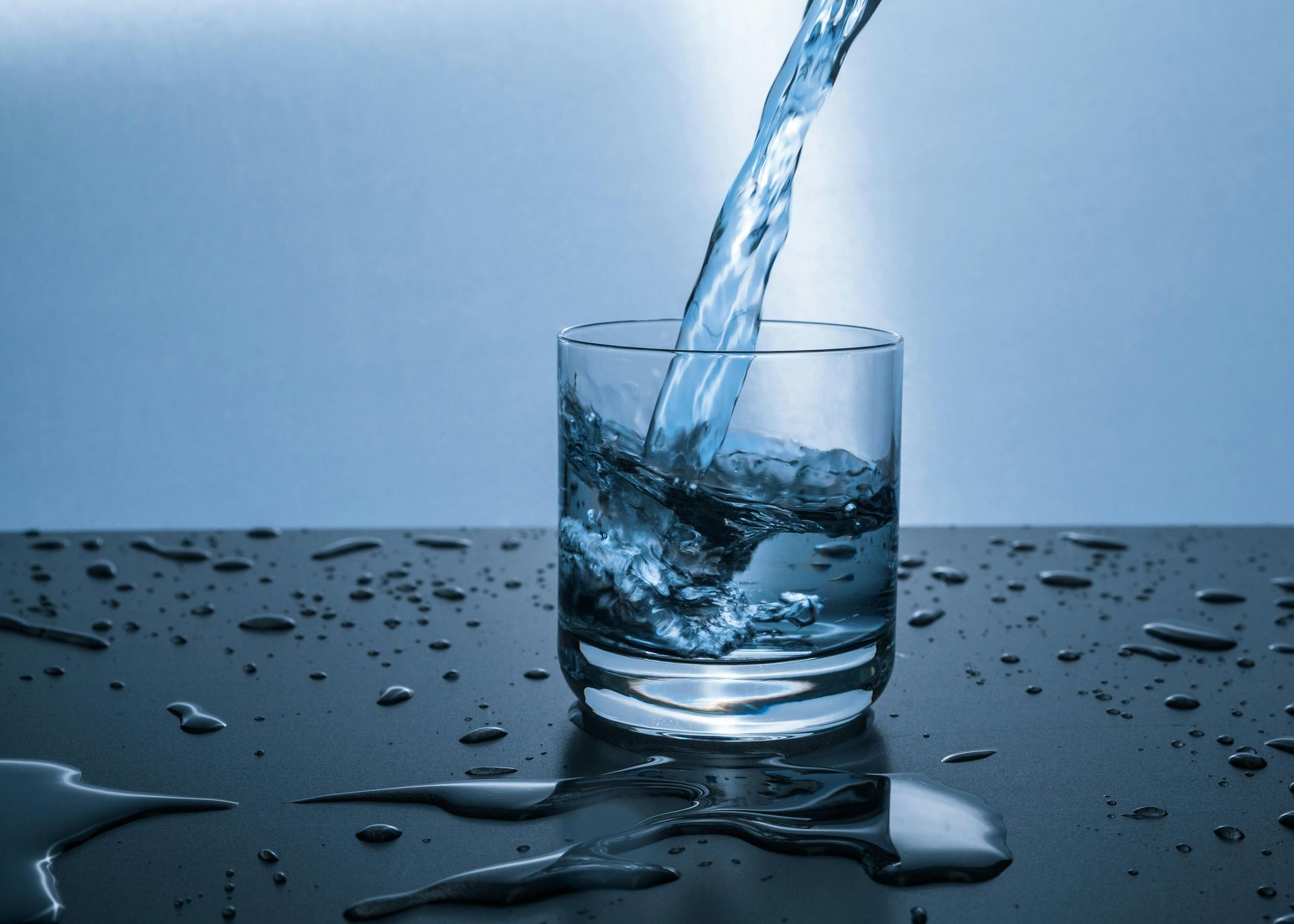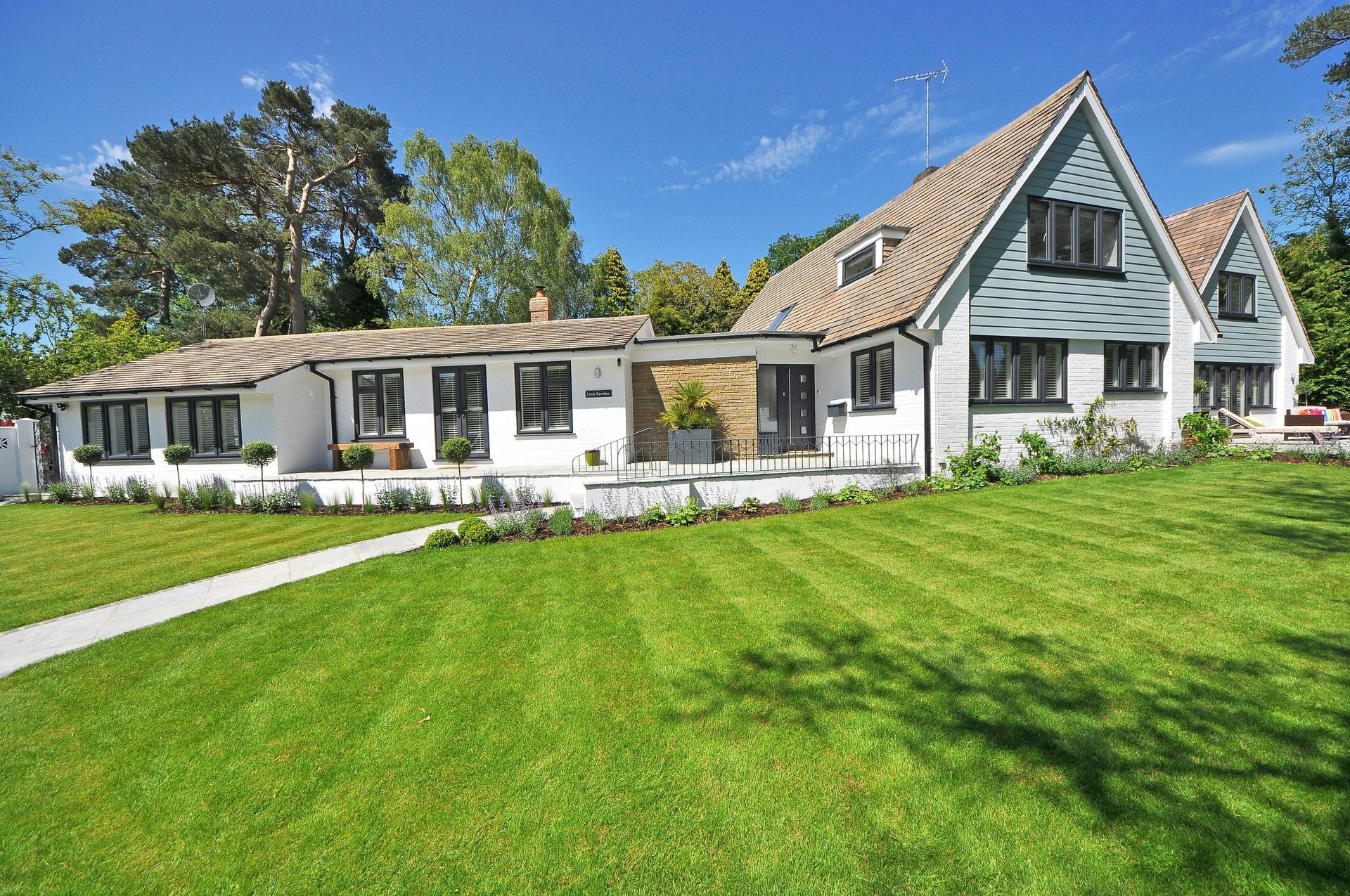How to Prevent Tree Roots from Invading Your Sewer Line?
Tree roots invading sewer lines are a persistent and costly problem for homeowners, often leading to clogs, backups, and even the need for complete sewer line replacement if left unchecked. Understanding how to prevent this issue is essential for maintaining a healthy plumbing system and avoiding disruptive emergencies. This detailed guide will walk you through the causes, warning signs, and most effective prevention strategies for keeping tree roots out of your sewer line, while also addressing what to do if roots have already found their way in.
Understanding Why Tree Roots Invade Sewer Lines
Tree roots naturally seek out moisture and nutrients, making sewer lines an attractive target, especially if there are cracks, loose joints, or aging materials like clay or cast-iron pipes. Roots cannot create new openings in pipes but will exploit any existing vulnerabilities. Once inside, they expand and multiply, eventually causing blockages, slow drains, and even pipe collapse. The presence of roots in your sewer line is a clear sign that the pipe already has a leak or structural weakness.
Early Warning Signs of Root Intrusion
Detecting root intrusion early can save you from costly repairs and emergency services. Common warning signs include slow-draining sinks or tubs, frequent toilet backups, gurgling noises from drains, foul sewage odors, and unusually lush or wet patches in your yard. If you notice these symptoms, schedule a professional camera inspection of your sewer line to confirm the presence and extent of root growth.
Proactive Prevention Strategies
Upgrade Aging Sewer Pipes
Older pipes made of clay or cast iron are particularly vulnerable to root invasion due to their tendency to crack or corrode over time. Upgrading to modern PVC or seamless plastic pipes is one of the most effective long-term solutions, as these materials are more resistant to root intrusion and can last for decades without significant maintenance.
Install Physical Root Barriers
Root barriers made of metal or plastic can be installed around sewer lines to redirect root growth and prevent them from reaching your pipes. These barriers are especially useful if you have mature trees near your sewer lines and want to avoid removing them. Consulting with a professional plumber or arborist can help you determine the best type and placement for your property.
Practice Careful Landscaping
When planting new trees or shrubs, choose species with less aggressive root systems and plant them at a safe distance from your sewer lines. There are no truly “sewer-safe” trees, but smaller, slower-growing varieties pose less risk. Always consult utility maps before digging or planting to avoid unintentional damage to underground pipes.
Schedule Regular Inspections and Maintenance
Annual sewer camera inspections and professional drain cleaning can catch root intrusion early, before it becomes a major problem. Preventive maintenance, such as hydro jetting or mechanical root removal, can keep pipes clear and functioning efficiently. Just as you would fix a running toilet without replacing it to avoid unnecessary costs, addressing minor root issues promptly can prevent the need for full sewer line replacement.
Use Root-Killing Treatments with Caution
Chemical root killers, such as foaming root killer or copper sulfate, can be used periodically to kill small roots inside pipes. These treatments are flushed down the toilet and work by dehydrating or poisoning the roots. However, they do not repair existing pipe damage and must be used carefully to avoid harming nearby trees or violating local regulations. Overuse of harsh chemicals can also weaken older pipes, making them more susceptible to future intrusion.
What to Do If Roots Have Already Invaded
If roots have already entered your sewer line, the first step is to remove them mechanically using a plumber’s snake, auger, or hydro jetting equipment. For severe cases, trenchless repair methods like pipe lining or bursting can reinforce or replace damaged sections without extensive digging. If the damage is extensive, a full sewer line replacement may be necessary to restore proper function and prevent further problems.
It’s important to act quickly when root intrusion is detected. Delaying repairs can lead to complete blockages, sewage backups, and potential health hazards, all of which may require emergency services to resolve. Regular maintenance and prompt intervention are key to avoiding these disruptive and expensive scenarios.
Conclusion
Preventing tree roots from invading your sewer line requires a combination of proactive landscaping, regular inspections, strategic upgrades, and careful use of chemical treatments. Upgrading old pipes, installing root barriers, and scheduling annual maintenance are among the most effective ways to safeguard your plumbing. If root intrusion occurs, act quickly to remove the roots and repair any damage before it escalates to the point of requiring sewer line replacement or emergency services. Just as you would fix a running toilet without replacing it to save time and money, addressing root issues early ensures your home’s plumbing remains reliable, efficient, and free from costly disruptions.
